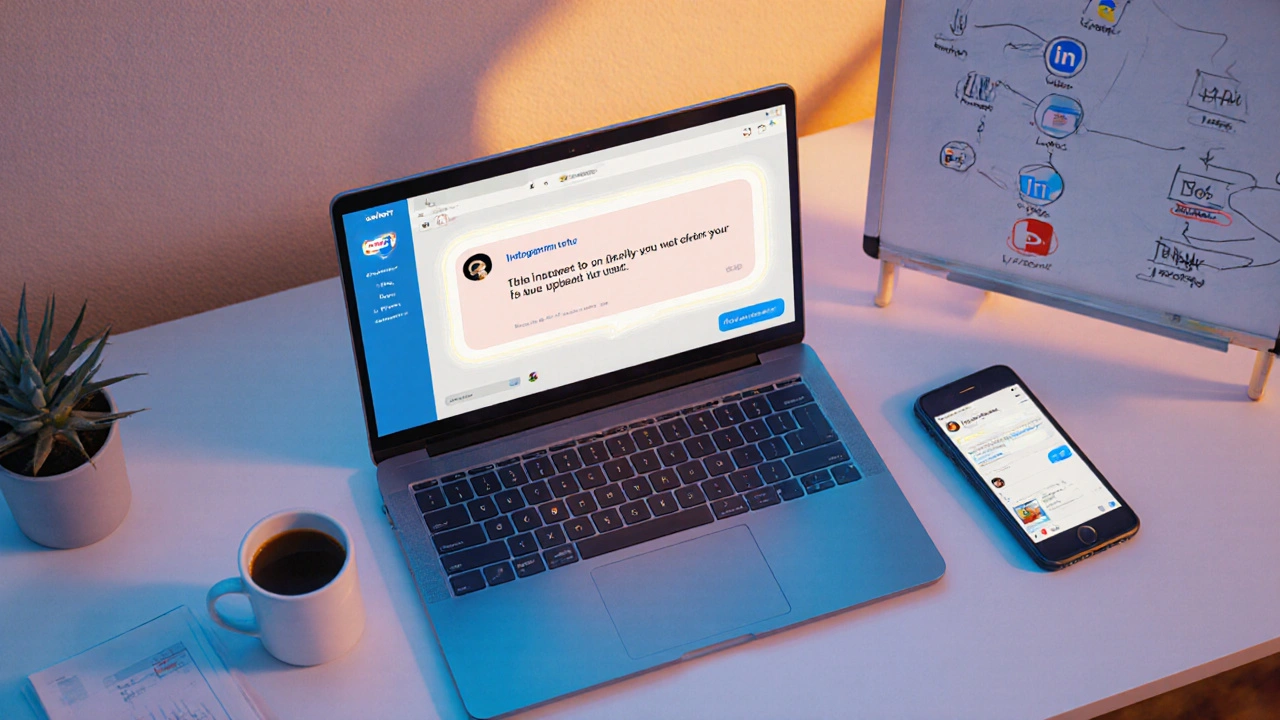Prompt Engineering: How to Write AI Prompts That Actually Work
If you’ve tried ChatGPT and got meh answers, you probably need better prompts. Prompt engineering isn’t magic – it’s a set of habits that turn vague questions into clear, actionable output. Below you’ll get a short guide you can start using right now, plus a couple of sub‑heads to keep things tidy.
Why Prompt Engineering Matters for Marketers
Marketing teams rely on AI to crank out copy, brainstorm ideas, and even design email sequences. But an AI that spits out generic filler is a waste of time and budget. A well‑crafted prompt tells the model exactly what you need – tone, format, length, and audience. The result? Faster drafts, fewer revisions, and a clearer path from idea to published piece.
Three Practical Prompt Patterns You Can Use Today
1. The "Context + Task + Constraints" formula. Start with a quick background, state the job, then add limits. Example: "You are a freelance copywriter for a SaaS startup. Write a 150‑word landing‑page headline that emphasizes security and uses a friendly tone. Avoid buzzwords." This tells the AI who you are, what you want, and how to shape it.
2. The "Step‑by‑Step" prompt. When you need a process, ask for numbered steps. Example: "List a 5‑step workflow for creating a weekly newsletter using ChatGPT. Include a prompt for each step and a brief KPI to track success." The AI breaks down the task, giving you a ready‑to‑use checklist.
3. The "Example‑Driven" prompt. Show the model what you like. Example: "Write a LinkedIn post about AI in marketing. Use this style: ‘Did you know…? Here’s why it matters…’. Keep it under 100 words and end with a question." Providing a sample tone nudges the AI toward the right vibe.
Try swapping one element at a time – change the tone, adjust the word count, or add a target persona. You’ll quickly see which tweak moves the needle.
Need more inspiration? Check out our posts on "ChatGPT for Online Marketing" and "ChatGPT for SMM" – they show real prompts that drove sales and engagement in 2025. Those articles break down the exact wording they used, so you can copy the pattern and replace the specifics with your own product details.
Finally, keep a prompt log. Jot down what you asked, the result, and any tweaks you made. Over time you’ll build a personal prompt library that cuts brainstorming time in half.
Prompt engineering isn’t a one‑time thing; it’s a habit you refine with each interaction. Start with the three patterns above, test them on your next campaign, and watch how AI moves from "meh" to "wow" in seconds.
Unlock ChatGPT for Social Media Marketing Success
Learn how to use ChatGPT to create, schedule, and optimize social media content. Practical prompts, API steps, and real-world examples help marketers boost engagement fast.
VIEW MOREChatGPT: The Ultimate Content Generation Powerhouse
Discover how ChatGPT turns AI into a fast, reliable content generator, learn best prompts, compare alternatives, avoid pitfalls, and measure results.
VIEW MOREChatGPT for Social Media: Simplify Your Online Interactions
Learn how ChatGPT can streamline social media posting, replies, calendars, and analytics, plus tips for prompts, integration, and measuring ROI.
VIEW MOREChatGPT for Online Marketing: How It Works & Why It Matters
Discover how ChatGPT transforms online marketing-learn its mechanics, top use cases, prompt tips, ROI benefits, and a step‑by‑step starter guide.
VIEW MOREChatGPT for SMM Success: Plan, Write, and Scale Social Media in 2025
Turn ChatGPT into your SMM engine: plan faster, write on-brand copy, optimize with data, and scale safely. Practical prompts, workflows, and 2025-ready guardrails.
VIEW MORE




